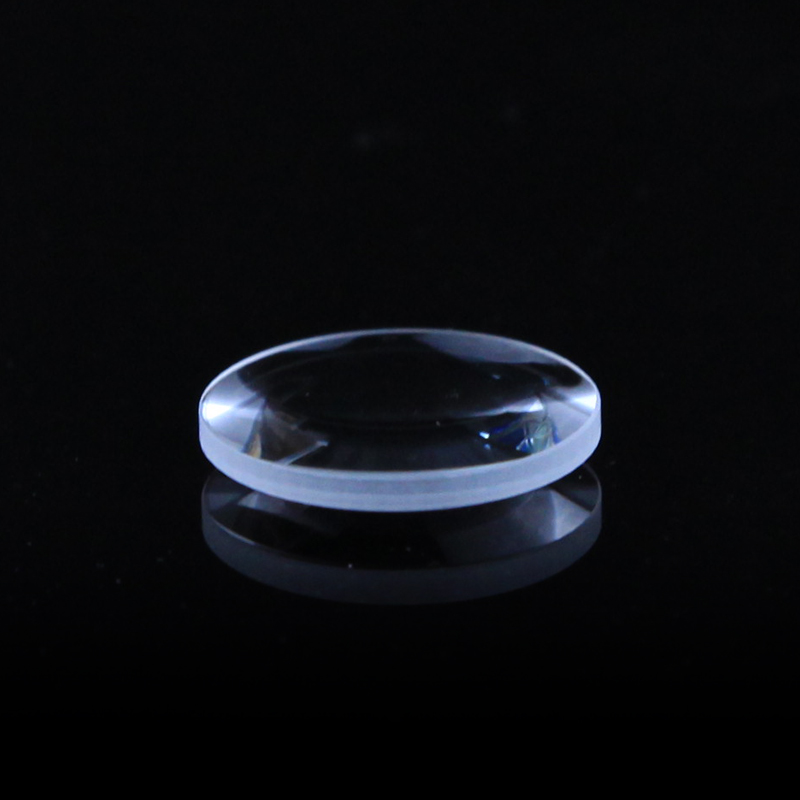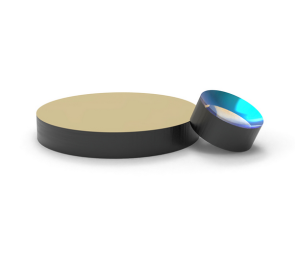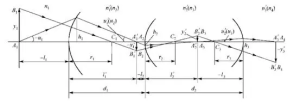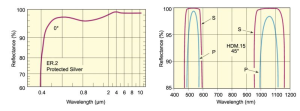
A biconvex lens. Light incident on both sides has the same refractive index. The focal length is the same. The light incident on both sides of a plane convex lens has a slightly different refractive index. So in fact, the focal lengths on both sides are different. When in use, it cannot be reversed. Convex lens is made according to the refraction principle of light.
Convex lens is a lens with thick center and thin edge. Convex lens is divided into biconvex, flat convex and concave convex (or positive meniscus). Convex lens has the function of convergence line, so it is also called convergent lens. Thicker convex lens has the functions of telescope and convergence, which is related to the thickness of lens. Hyperopia glasses are convex lenses.
The object is placed outside the focus and forms an inverted real image on the other side of the convex lens. The real image can be reduced, equal and enlarged. The smaller the object distance, the larger the image distance, and the larger the real image. The object is placed in the focus and forms an upright enlarged virtual image on the same side of the convex lens. The larger the object distance, the larger the image distance, and the larger the virtual image. No imaging when in focus. When it is at 2x focal length, it will form a real image of equal size handstand.
The biconvex lens is a biconvex lens sheet, which comprises an incident surface and an emitting surface. It is characterized in that the focal length of the middle part of the lens surface is long and the focal length of the end of each transparent mirror is short. Biconvex lens is mainly used to gather light from point light source or transmit images to other optical systems.
End



